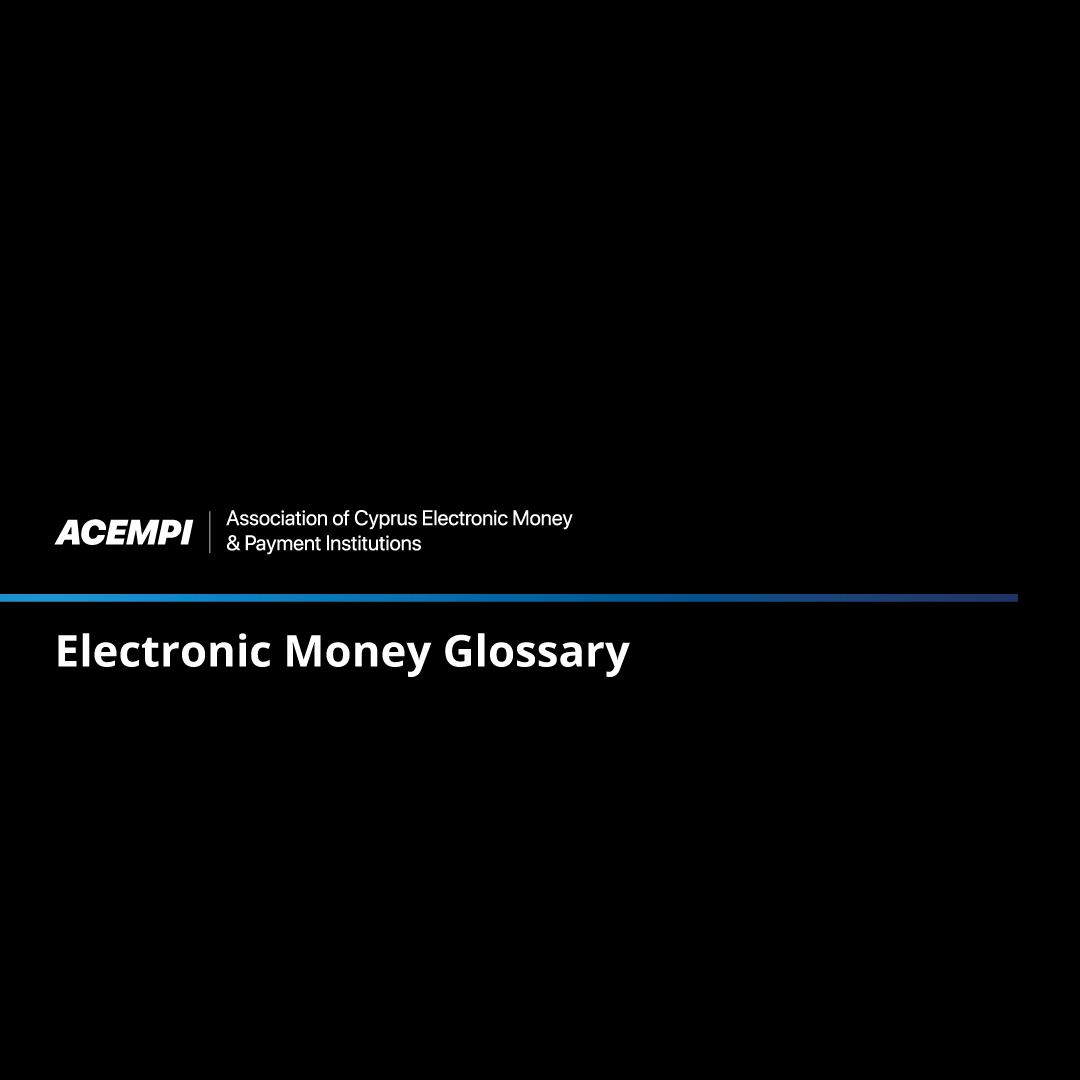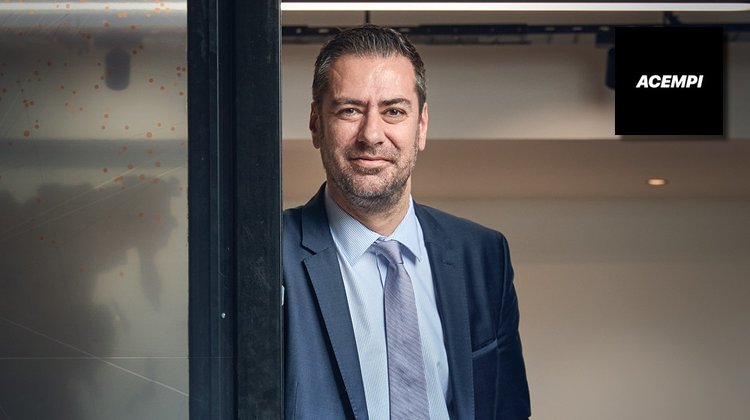Elena Kontou, CEO of Sepaga, talks about the changing face of the payments industry, its needs and the ways in which it can develop in harmony with traditional banks.
The payments industry is extremely fragmented -there are more players than ever and it would appear that the breakneck pace of innovation has accelerated this fragmentation. Why is it so challenging to harmonize the industry and do you see a way for the industry to defragment itself?
Standardisation in business is a great opportunity for everyone to grow on strong foundations. What our industry currently needs is solid ground that will help everyone improve. We do not need fireworks’ companies; we need well-organised and safe companies that will help us establish this industry as a major and safe part of the
economy. PSD-2 was a good first step towards the standardisation of the payments industry, so that is where the authorities will need to work and provide new, more efficient directives that will keep everyone within the correct limits. It is the only way forward if we really want to positively establish fintech companies in the market.
The pandemic has reinforced major shifts in payments behaviour: cash is no longer king, migration from in-store to e-commerce has increased and instant payments have become more widespread, among others. So, which of the shifts observed in the past two years do you think will be permanent? Are consumers likely to revert to their old habits at all?
Our belief here at Sepaga is that the pandemic has let the business world change towards a more digitalised model. The turn towards digital solutions for banking, payments and other similar services is seen as being here to stay. The need for faster payment solutions and the turn towards e-commerce and away from cash is now considered to be the norm within the business world, so it is our strong belief that these solutions are indeed here to stay. It is necessary, though, for fintech companies and banks to continue that improvement and create new faster, safer and more efficient solutions to enhance the new norm that is currently in place, so that we can persuade everyone to use our services even after normality is back.
With so many new entrants each year, payment industry players will need to find ways to stand out. In the never-ending search for differentiation, what specialised services or products do you see emerging within the industry?
Traditional banks are, of course, the biggest players in the money transfer industry and cannot be left out at any point or ignored. Our main advantage over the big traditional banks is that we focus on our instant customer support and our ability to support all our clientele fast and efficiently. Banks operate in a larger number of market areas – loans, payments, investment, etc. – which means that their attention is segmented among those areas. They do present a threat to the fintech industry but the agility of EMls and their ability to adapt faster to changes and new challenges provide a strong competitive advantage over large banks. We do need to understand, though, that traditional banks and fintech companies are not necessarily competitors but can easily turn into allies and associates to improve the customer experience and the whole concept of payments and banking for the new generations.
While the PSD2 Directive was intro duced to stimulate growth and competitiveness in the industry, there are already plans to upgrade it (PSD3). What are the main drawbacks of the present situation and how should PSD3 correct them?
The discussion about the drawbacks of PSD2 is quite a big one. The most important drawback is that the requirements for smaller EMls or start-ups, which Sepaga used to be, are costly. Implementing and maintaining them requires quite a large investment. Bigger EMls and banks with excessive budgets can easily comply but not everyone can and legislation and directives should consider and accommodate everyone. Moreover, PSD2 implementation in online businesses, which EMls are, is quite complex and can lead to even more complex business solutions and models. All this complexity costs not only money but also time – specifically man-hours from specialists – which, at the end of the day, reduces efficiency and increases fixed costs. Hopefully, with the upgrade of PSD2 to PSD3, these issues will be addressed and consideration will be made of the implementation of restrictions and necessities by smaller organisations, and not only large, well-established traditional banks.
How does being based in Cyprus help Sepaga offer services to the international market?
The business world considers Cyprus to be one of the most efficient service providers. Legal entities choose Cyprus as their base, as they can find many service providers here that will enable them to operate more easily and efficiently. Being an EU member state is, of course, one of our main advantages as a small country. The geographical location of Cyprus among Europe, Africa and Asia provides Sepaga with the ability to investigate more markets compared to companies that are situated away from Europe or close to a smaller number of business centres. We must never forget our hospitality, warm weather and nice beaches, of course, which are always an advantage and an attraction for clients to visit our island and even relocate their business here.
What’s next for Sepaga?
Our main goal for the years to come is to invest in and expand to new technologies and new solutions that will be considered as vital for our clients. Faster solutions, safer transactions, efficiency in all aspects of our business and, of course, the growth of our clientele in new markets around the world, along with the growth of our team and the culture we represent as an organisation, are some of our objectives for the years to come. We have made remarkable progress over the years but we never stop, we never lie back, we keep ourselves ready and we remain enthusiastic about what we do!












